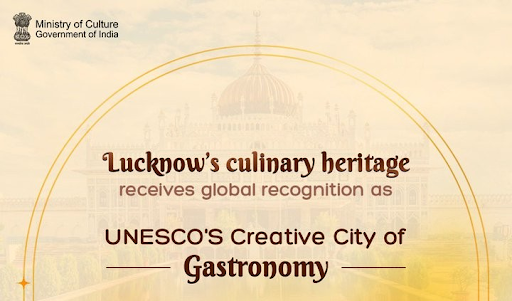Description

Disclaimer: Copyright infringement not intended.
Context
- Last week, the Goa government formally applied for a Geographical Indication (GI) tag for the Goan sweet Dodol.
- The All-Goa Baker’s and Confectioners Association filed the application with the Department of Science, Technology, and Waste Management of the Government of Goa acting as a facilitator.
What is Dodol?
Description
- Appearance and Ingredients: Dodol is a classic Goan sweet, dark brownish in color, made using rice flour, coconut milk, and black palm jaggery. It has a firm, jelly-like texture.
- Preparation:
- Cooking: A mixture of rice flour, coconut milk, and black palm jaggery is cooked in a copper vessel on a slow fire and continuously stirred with a wooden ladle to prevent burning.
- Setting: Once ready, the mixture is poured into a vessel greased with ghee, flattened with banana leaves, and allowed to cool before being cut into thin slices.
Unique Characteristics
- Method of Preparation: Constant stirring during the cooking process is crucial to avoid burning.
- Cultural Significance: Traditionally prepared by Christian households during Christmas for 'consoada' (confectioneries sent to relatives and neighbors). Dodol has become an integral part of Goa’s multi-cultural culinary history.
History and Significance in Goa
Historical Origins
- Disputed Origins:
- Some scholars suggest it was served in royal banquets in the Medang Kingdom of Indonesia between the 8th and 11th centuries.
- Another variation likely originated in early 20th century Indonesia under Dutch colonial rule.
- Introduction in Goa: Believed to have been introduced during Portuguese rule in the 17th century.
Cultural Importance
- Goan Beliefs:
- A common belief among Goan households is that a Catholic woman must take back Dodol and bananas as “voje” (gift) when she returns to her husband’s house after the birth of her first child.
- Traditionally prepared in a big cauldron named ‘kail’, which is part of the dowry and must be returned with Dodol as a form of gratitude if borrowed.
Variations and Popularity
- Other Regions: Dodol and its variations are also popular in southern India, Sri Lanka, Indonesia, Thailand, Malaysia, and parts of Southeast Asia.
Benefits of a GI Tag
Protection and Recognition
- Geographical Indication: A GI tag signifies products originating from a specific region, indicating unique characteristics and qualities.
- Trademark: Acts as a trademark in the international market, protecting creators from impersonation and helping customers identify authentic items.
Standardization and Quality Assurance
- Standardization: The GI tag will help standardize traditional methods, practices, and quality to ensure the authenticity of Dodol.
- Quality Control: Bakers and traders would need to register to get the GI stamp on the packaging to sell the sweet.
Cultural and Economic Impact
- Safeguarding Cultural Identity: Protects the cultural identity of Dodol, ensuring that traditional methods and recipes are preserved.
- Promotion and Export Potential: Helps in popularizing Dodol and may facilitate exports in the long run, boosting the local economy.
Conclusion
- The application for a GI tag for Dodol represents a significant step in preserving and promoting this traditional Goan sweet.
- By securing a GI tag, the authenticity and cultural heritage of Dodol can be protected, ensuring its legacy for future generations and potentially enhancing its market reach both domestically and internationally.
|
PRACTICE QUESTION
Q. Which of the following statements correctly describes Dodol?
a) Dodol is a traditional Goan festival.
b) Dodol is a traditional Goan garment made from silk.
c) Dodol is a classic Goan sweet made using rice flour, coconut milk, and black palm jaggery, with a firm, jelly-like texture.
d) Dodol is a type of Goan dance performed during celebrations.
Answer: c) Dodol is a classic Goan sweet made using rice flour, coconut milk, and black palm jaggery, with a firm, jelly-like texture.
|
SOURCE: INDIAN EXPRESS















